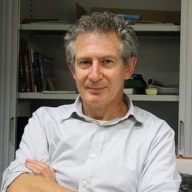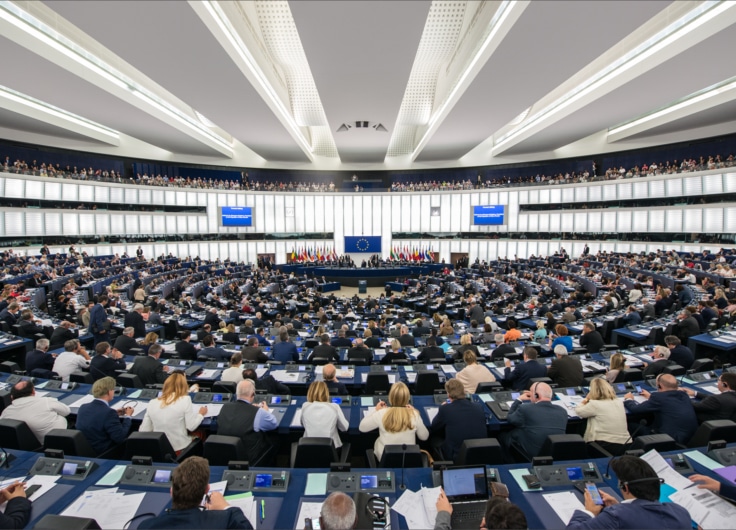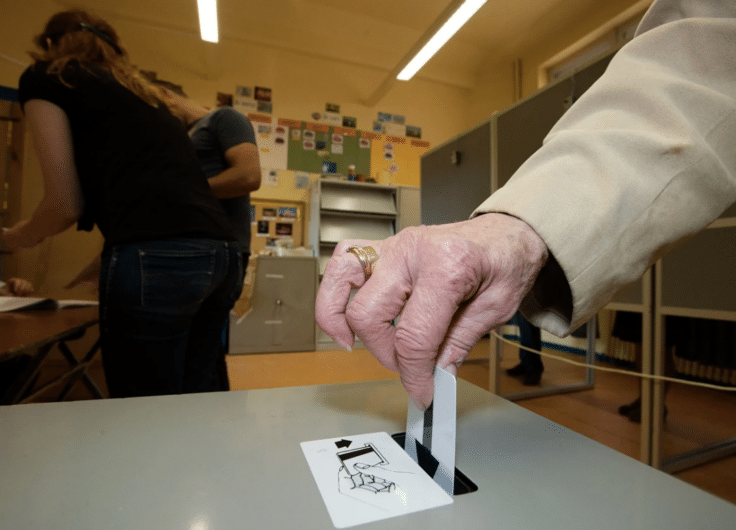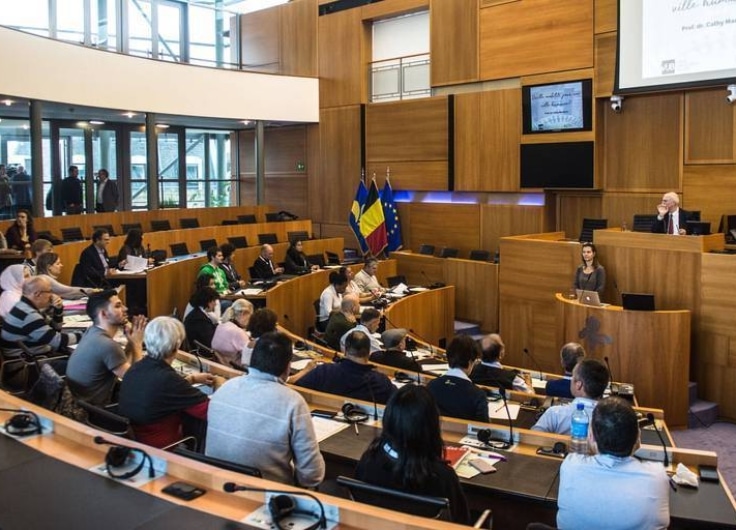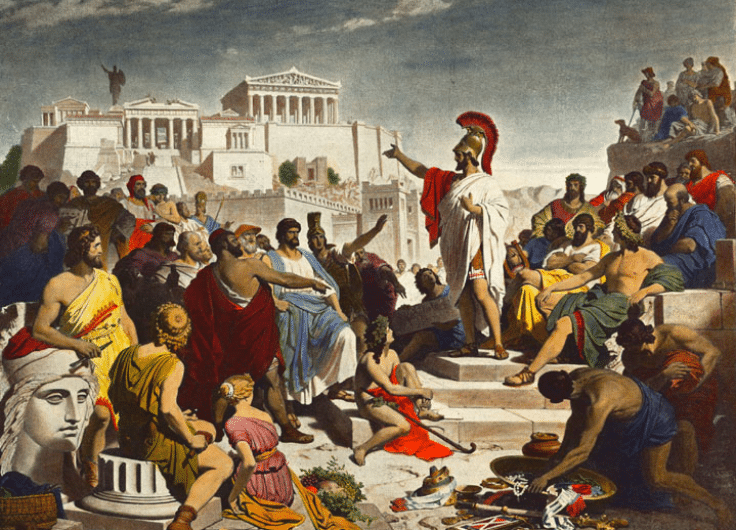Victor D’Hondt died in 1902, but he could still influence the outcome of the European and Belgian elections on 9 June.
Born in Ghent in 1841, Victor D’Hondt was a talented lawyer, law professor and mathematician. He became involved in politics and in 1878 outlined a method of distributing parliamentary seats based on party lists rather than individual candidates.
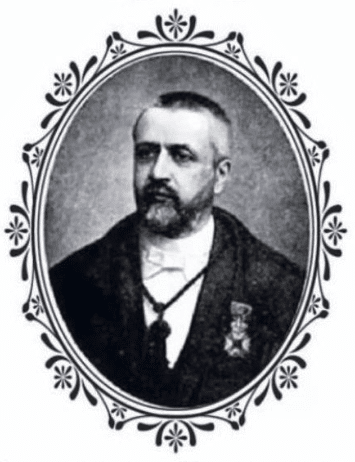
Under the D’Hondt method, the first seat is allocated to the party with the most votes. In allocating the second seat, the winning party in the first round has its total divided by two, which reduces its chances of winning a second seat. But if it does get another seat, its original total is divided by three, so that other parties have a chance of winning a seat. And so it goes on until all the seats have been handed out.
The D’Hondt method was used for the first time in the Belgian elections of 1900. It has now been adopted by more than 30 countries across the world, including Austria, Finland and The Netherlands. It’s the method that will be used on 9 June when Belgians pick their federal and regional governments. It’s also used in the European elections on the same day.
The D’Hondt method is one of the fairest systems of democracy in the world. But the Ghent professor who invented it is almost forgotten in Belgium.

